
Developer: Unexpected Studio
Publisher: Goblinz Studio, Maple Whispering
Platform: Switch, PC
Tested on: Switch
As Far As The Eye – Review
If you type “As Far As The Eye” into Google, the search engine will tell you that it’s a mobile game. It isn’t, but the game’s blurb on Steam mentions that players “build a mobile village”, which is probably why Google’s algorithm messed up. As far as we know, As Far as the Eye was exclusive to PC… until recently, as developer Unexpected Studio’s hybrid turn-based strategy and city-building sim has now made the journey to the Switch. It’s an interesting game conceptually, and it looks adorable, but we’re not quite sure whether it’s a good fit on Nintendo’s hybrid console. We took As Far As The Eye for a spin to find out.
Story
Most of As Far As The Eye’s narrative is told through blurbs at the beginning of each chapter of the game’s Campaign Mode, and other elements can be derived from context. The titular Eye is neither a body part, nor part of a familiar expression. Instead, the Eye is a safe haven. The world surrounding the Eye is threatened by a massive flood, which will eventually drown all of the inhabitants. This is where you come in: as the wind god Sigh, it’s your task to guide the nomadic tribes to safety. Certain members of the tribe have the ability to interpret your commands through balloons that they have tied to their waists, and through cooperation, you’re able to ensure their survival, as well as that of their kin. As Far As The Eye’s story clearly carries an environmental message, covering not just the apocalyptic theme of a destructive flood, but also touching on that we should only take what we need from nature, instead of pillaging it completely.
Graphics
If there’s one area where As Far As The Eye stands out in, it’s its visual design. The cutesy characters wander through gorgeous pastel-tinted environments, which are a joy to behold. Visual performance is generally fine, simply because As Far As The Eye isn’t too taxing graphically in the first place, and the only gripe we had with the visuals was that the text often felt a tad too small.
Sound
The limited edition of As Far As The Eye came with the OST on vinyl, and with good reason. The soothing tunes add an air of spirituality to the game, tying into the theme of the player acting as a god guiding the tribes towards the Eye. The environmental sounds are fitting and feel realistic enough to breathe some life into what’s happening on screen. While there is no true voice “acting” present in the game, there are sound effects present that contain whispers, and these work well to add yet more depth to the aforementioned spiritual aspect.
Gameplay
It’s difficult to pin down exactly what As Far As The Eye wants to be. At its core, it’s a hybrid between a turn-based strategy game and a city building sim, but we noticed elements from roguelikes and survival games. Layered on top of this is a deliberate dedication to forcing conventional gameplay elements to fit the game’s lore. Right off the bat, As Far As The Eye overloads the player with information, rather than easing them into it. Add to this that Unexpected Studios is intent on naming the game’s elements in unconventional ways (‘settlements’ become ‘halts’, ‘characters’ become ‘pupils’, etc.) and you quickly realize you’re in for a bumpy ride. This is a game that expects you to put some effort into figuring it out, and while the process of getting acquainted with As Far as The Eye isn’t without its rough edges, it’s definitely worth getting through the first few hours, as the game doesn’t really begin until after you beat the five-chapter long campaign.
The biggest diversion from the conventions of the turn-based strategy genre comes from the complete absence of combat. Instead, you’ll need to fight against the clock, as the area that you’re playing in will become flooded eventually, and you’ll need to guide your tribe to the safety of the titular Eye before they drown. Whenever you reach a new halt, you have a set number of turns in which to complete a series of objectives before the water reaches the location. Your pupils are all suited for specific tasks -bears are able to gather wood, for example- and you’ll need to assign basic tasks to them. As you make progress, your pupils will grow and learn new and better abilities, which in turn allows you to make better use of them. Managing pupils isn’t overly complicated and it’s where As Far as the Eye really shines.
Resource management is another highlight: the nature of the game is that you only take from the land what you need. As Far As The Eye actively prevents stockpiling resources, as this not only would screw up the gameplay balance, but it also goes against the environmental message that is present. This also leads to some careful decision-making: you’re typically required to construct something at a halt, in order to clear your objectives. Do you go for a cheaper building that you need to abandon as you journey further or do you dedicate yourself to building a more permanent solution that you can take with you on your journey, at the cost of precious time and spending more of your already limited resources? The lack of combat may make As Far As The Eye seem like a laid-back experience at first glance, but it’s a surprisingly difficult and engaging game. Random events, known as vagaries, can really screw up your carefully planned journey to the Eye. Whether it’s a forest fire or one of your pupils getting sick, the threats of the harsh environment are ever-present. Once you make it past the Campaign and are able to get stuck in a Quick Game or the Custom Game Mode, then the procedurally generated nature of the maps makes for a system where no two games play out in exactly the same way.
These elements come together to create an unconventional and intriguing gameplay system that becomes more enjoyable once you get past the rough opening stages. The Campaign mode, which serves as a tutorial of sorts, is fairly short and while it does cover the basics, we felt woefully unprepared to play the Quick Game and Custom Game modes. The transition to Switch isn’t without its issues either. Menu selections, for example, can only be performed with the directional buttons and not the analog stick, which feels awkward. The game was clearly designed with mouse and keyboard in mind, with small tabs and icons and an interface that almost feels hellish to control with a Joy-con. While we enjoyed the gameplay concept behind As far as the Eye, our enjoyment of the game was tampered with by the fact that we weren’t just struggling against the flood, but against the game itself. If you’re going to give this one a try, avoid the Switch port and go for the PC version instead.
Don’t get us wrong, it’s certainly playable, but the awkward interface, in combination with the way the game is structured makes As Far As The Eye a title that can feel very overwhelming when you’re just starting out. It’s very easy to screw up even in the tutorial campaign, and we can imagine that the sheer inaccessibility of the game is enough to turn off many players, especially those that were drawn in by the game’s kid-friendly aesthetics and the promise of this being a combat free title. As it stands, we’re not quite sure who the game is aimed at: it’s probably too hardcore for the casual crowd, but there isn’t enough substance here for those seeking a real challenge. The procedurally generated nature of the maps adds some longevity to the game but As Far As The Eye can’t completely avoid feeling repetitive either, making this one not the easiest recommendation, especially at the €24.99 asking price.
Conclusion
Had this been a review of the PC version of As Far As The Eye, then we would have easily bumped up the score by a point or two. The Switch version of the game, however, feels poorly optimized and lacking. It’s a shame because we really wanted to love this game, and there is a good chance that we’ll end up picking up the PC version instead. As it stands, it’s a game that is definitely worth checking out if you can make it past the first few hours, so you’re probably best off making those first few hours as enjoyable as possible by avoiding this shoddy port.
As Far As The Eye - Review,
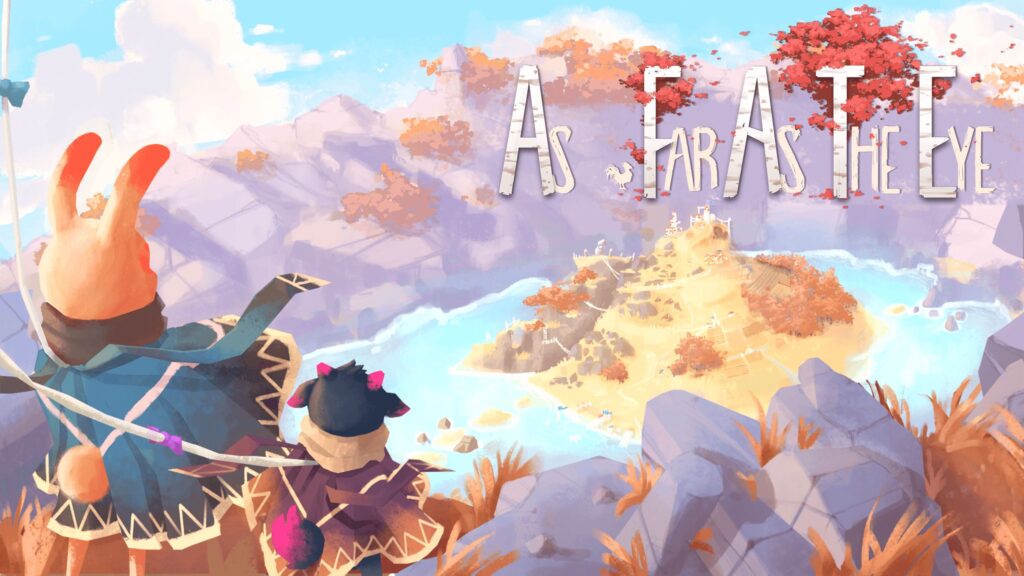
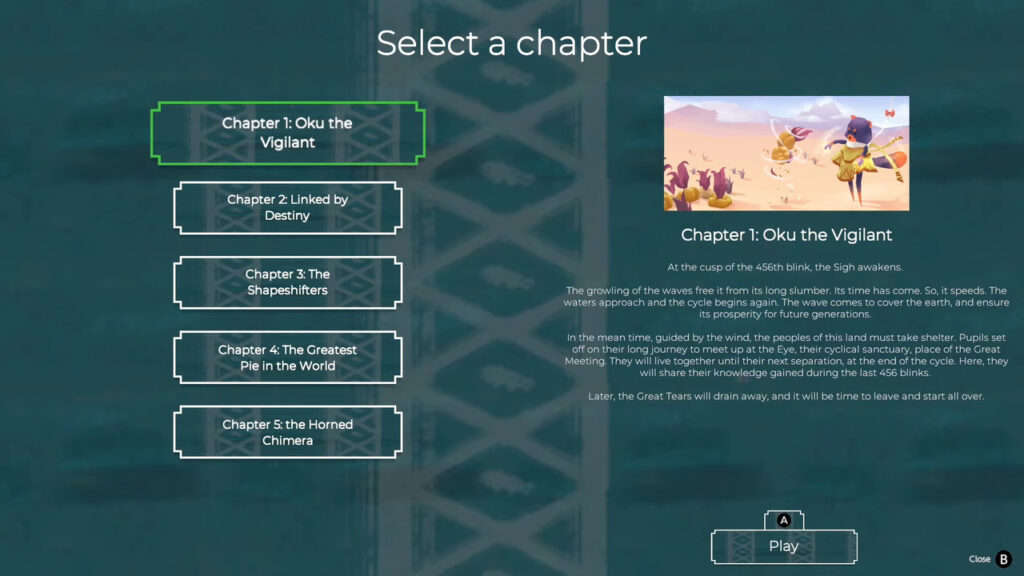
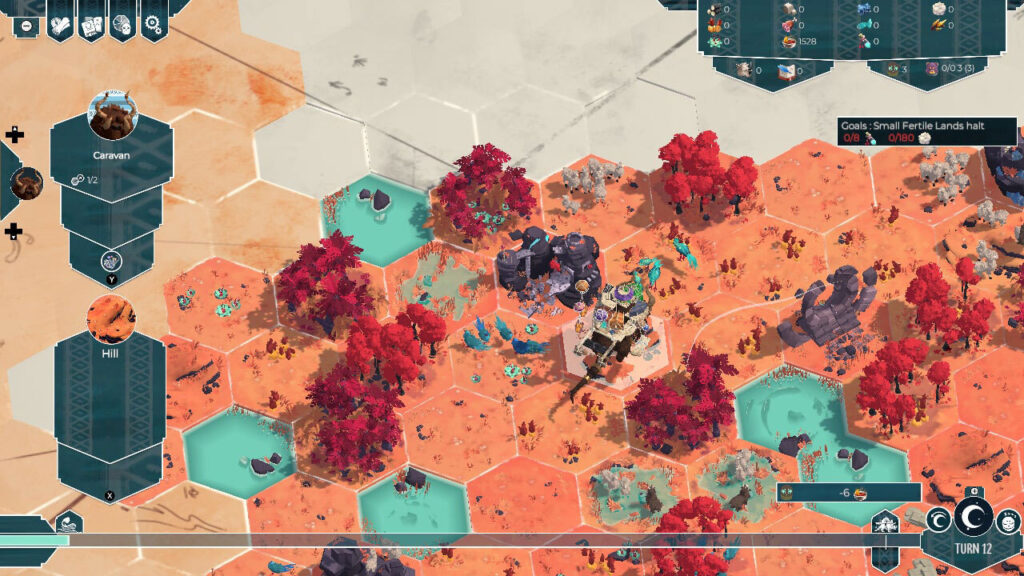
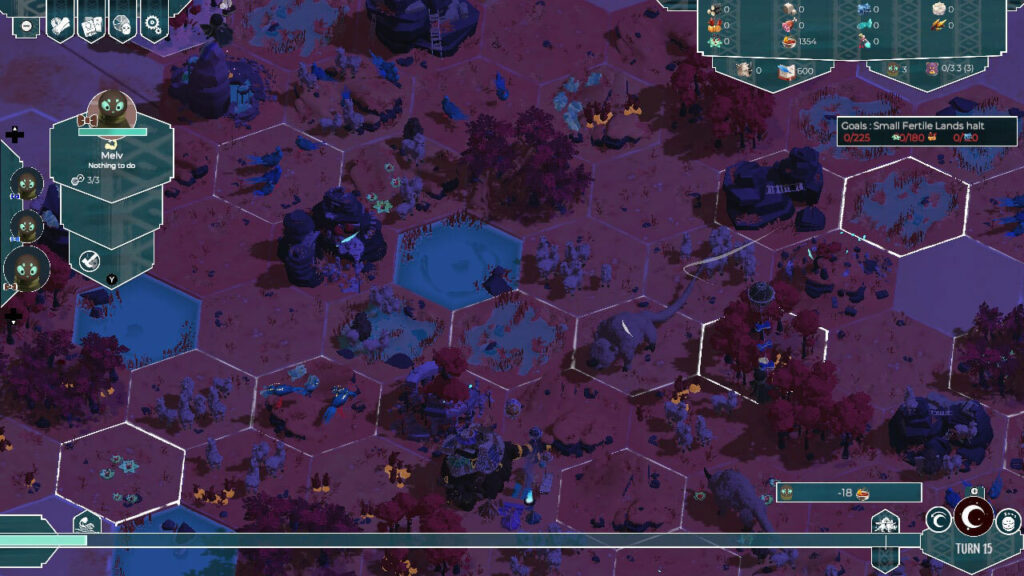
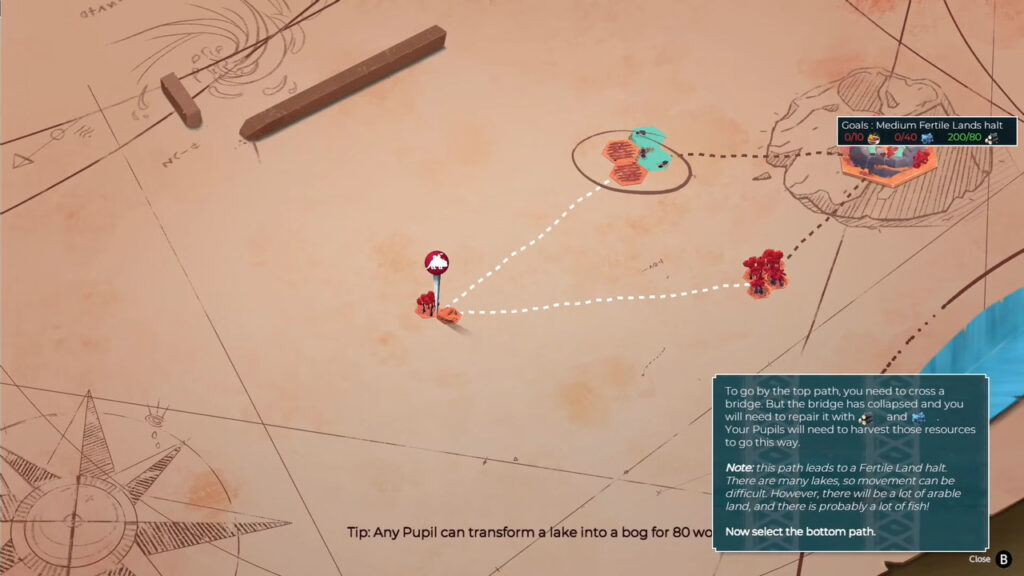
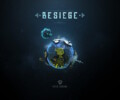



No Comments